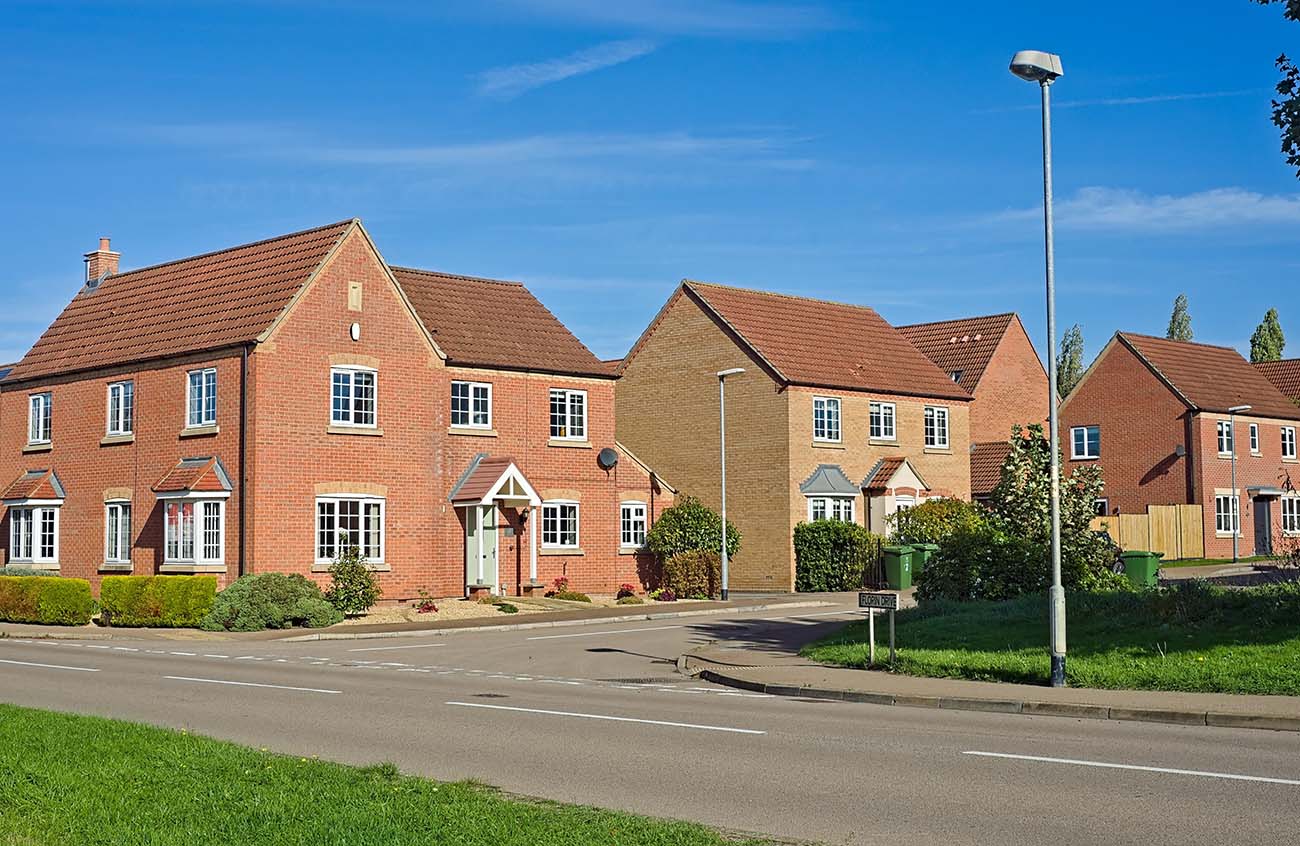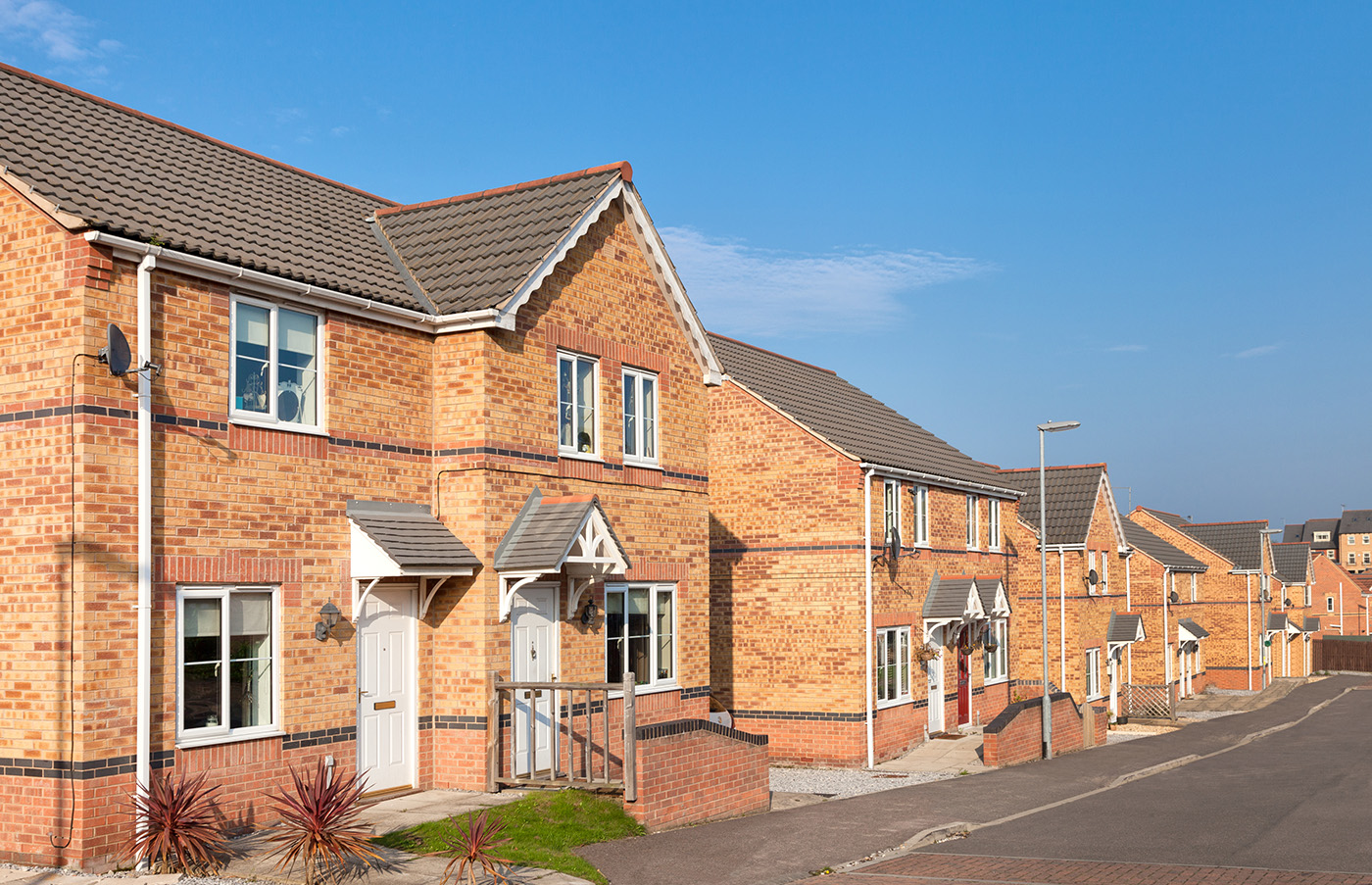5 key changes that The Home Energy Model will introduce
The Home Energy Model is the UK government’s new calculation methodology for assessing home energy performance. The model is set to replace the Standard Assessment Procedure (SAP) and is designed to support key housing and climate policies.

What is the Home Energy Model?
The Home Energy Model is a government calculation methodology designed to assess the energy performance of homes across the United Kingdom. The model is designed to replace the current methodology used by the government; the Standard Assessment Procedure (SAP).
Like SAP, the Home Energy Model will underpin a large number of government policies, making it of vital importance to the delivery of the government’s housing and climate policies. As described in the government consultation of the same name, it is ‘a new name for a new methodology’.
5 key changes that the Home Energy Model will introduce
The Home Energy Model introduces several changes to both the calculation methodology and its supporting ecosystem (the environment and format in which it is made available). With a range of updates proposed, five key changes that energy assessors should be aware of include the following:
1. Enhanced dataset:
In the next stages of development for the Home Energy Model, the government aims to rebuild the Product Characteristics Database (PCDB) from the underlying test data and to add new classes of products. Once the model is live, the product performance data will be stored in a database that is separate from the core engine. This change will ensure that more data is accessible from the design specifications to improve the model.
2. Improved calculation accuracy:
The Home Energy Model will simulate homes at a 30-minute, rather than monthly, time resolution, meaning that every half-hour of the simulated year is evaluated. This change should result in a number of key benefits, including greater accuracy, fewer constraints and improved presentation of heat pumps. This change will also aid in the rollout of Time of Use tariffs, grid load balancing and simulation of solar gains (PV systems and summer overheating).
3. Greater transparency:
One of the principle aims of the Home Energy Model project is to increase the transparency of the methodology. To achieve this, the government aims to publish the codebase; meaning that all changes to the model will be visible before they are formally implemented.
At present, the SAP methodology is owned by the government and made publicly available as a PDF download from contractor’s websites. For the Home Energy Model, the government proposes to include the provision of a home energy performance calculator, wherein the government provides a centralised and cloud-based version of the calculation engine that software providers can build their own user interfaces around.
4. Enhanced flexibility:
One of the core aims of the project is to clarify and separate the different purposes and functions. This is to be achieved through the use of ‘wrappers’, i.e. a piece of code that wraps around other program components and calls on them as part of its operation.
For the Home Energy Model, a wrapper will define the standardised inputs and user inputs required to specify the model, as well as define the outputs that the model will provide. This means that wrappers can make other pieces of code easier to use, without modifying them. As present, the consultation provides two wrapper examples, including the Energy Performance Certificate (EPC) Wrapper and Future Homes Standard (FHS) Wrapper.
5. New technologies:
The Home Energy Model project looks at how the current format recognises new technologies, noting a number of key issues, including lack of transparency and long timeframes. Ahead of the model going live, the government intends to fully integrate all existing technologies into the model and PCDB.
The approach for recognising new technologies in the Home Energy Model is still in the early development stage. However, the government intends to adopt a number of principles, including open research, integrity and greater integration.
The proposed centralised delivery model will also enable new technologies to be recognised in the core engine on a more frequent basis.
When will the Home Energy Model be introduced?
The first live version of the model will be implemented alongside the Future Homes Standard in 2025. Prior to this, the government aims to:
- Publish consultation responses
- Consult on EPC wrapper methodology
- Develop further features and rebuild the Product Characteristics Database (PCDB)
- Undertake further validation to ensure model is as robust as possible
Your Comprehensive Home Energy Model Hub
Elmhurst are the experts in EPCs and Building Regulation Compliance and will continue to support and inform members of any updates as we move forward.
For more information on the Home Energy Model, visit our landing page below.
MORE INFORMATION >
Further resources
To view the government consultation, please click the following link:
Home Energy Model: replacement for the Standard Assessment Procedure (SAP): https://www.gov.uk/government/consultations/home-energy-model-replacement-for-the-standard-assessment-procedure-sap
